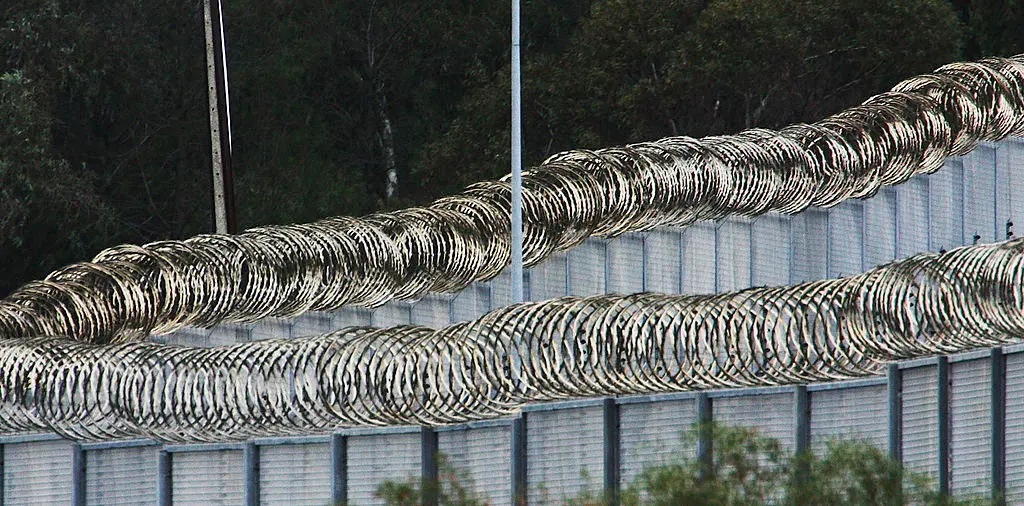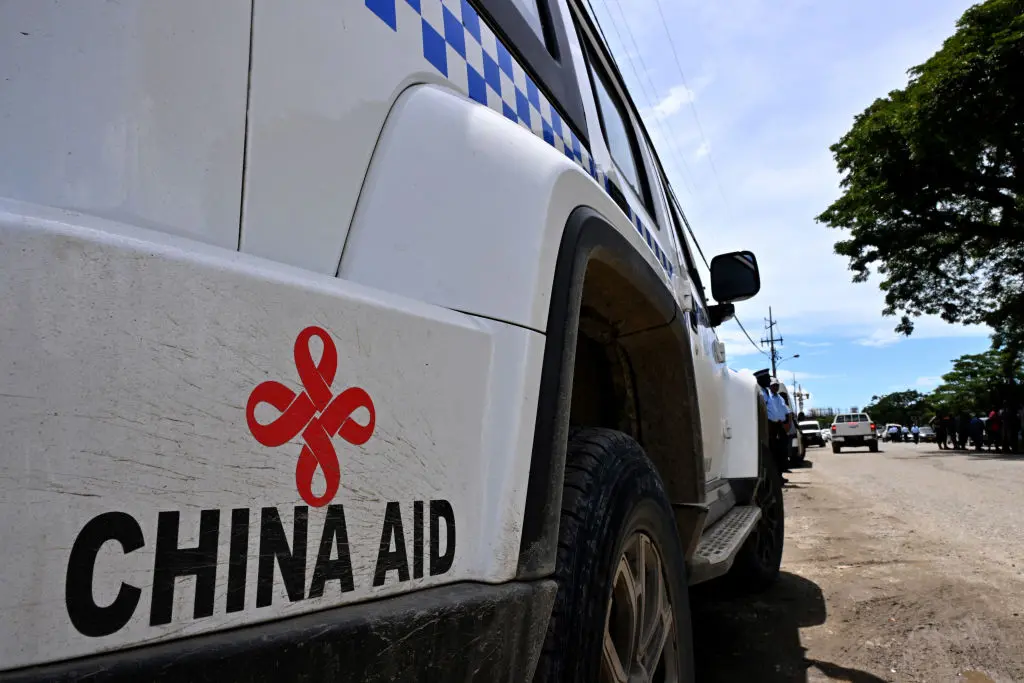Pope Francis is ending his tour of the Asia-Pacific, which covered 32,000 kilometres (20,000 miles) and saw him visit Indonesia, Papua New Guinea, East Timor, and Singapore over the past 12 days.
Although confined to a wheelchair for much of the time, the 87-year-old was determined to complete a schedule of over 40 events, which Vatican insiders attributed to his desire to show that he was still up to the job of leading the world’s 1.4 billion Catholics.





